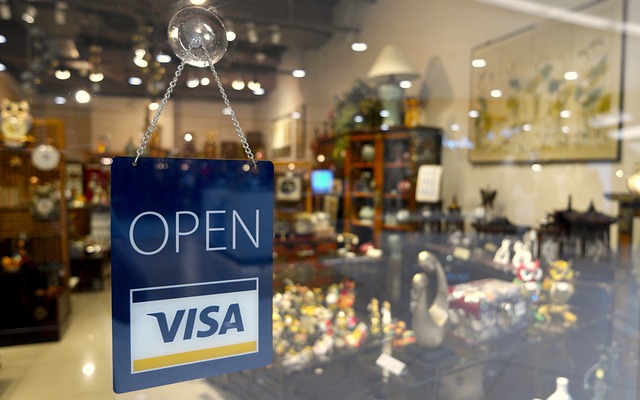Late last week, it seemed like every news source was reporting that, despite record inflation, consumers were spending as if there were no tomorrow.
Case in point. A recent article online from NPR states: “Something unexpected is going on in the U.S. economy. Inflation remains high, yet many Americans went on a spending spree last month, eating out at restaurants and shopping for cars.”
Just when it seemed that consumers were running out of gas, shoppers appear to be getting a second wind. Personal spending rose 1.8% in January, according to the Commerce Department, as consumers splurged on both goods, as well as services like going out for meals or to the movies.

The article also said: “Lots of people have money in their pockets to spend, thanks to strong job growth and rising wages. Retirees also got a raise this year. Social Security benefits rose by 8.7% in January, the largest cost-of-living increase in four decades.”
I’m wondering if knowing that our neighbors and friends are throwing coin of the realm around like a bunch of drunken sailors (apologies in advance to the U.S. Navy) is supposed to make us feel better — and by extension — spend even more?
What mystifies me most is why we are not just as interested in how shoppers are paying for all this stuff.
I think the answer may be found in a bit of dialogue from the movie “The Graduate.” Does anyone remember this scene?
Mr. McGuire: “I just want to say one word to you. Just one word.”
Benjamin: “Yes, sir.”
Mr. McGuire: “Are you listening?”
Benjamin: “Yes, I am.”
Mr. McGuire: “Plastics.”
Benjamin: “Exactly what do you mean?”
Mr. McGuire: “There’s a great future in plastics. Think about it. Will you think about it?”
Yeah, plastics, or, in this case, plastic — as in credit cards.
While credit card debt has been with us since the advent of credit cards, overall debt, including credit card debt, is at an all-time high.
A recently released report from The Federal Reserve Bank of New York’s Center for Microeconomic Data shows an increase in total household debt in the fourth quarter of 2022, increasing by $394 billion (2.4%) to $16.90 trillion. Balances now stand $2.75 trillion higher than at the end of 2019, before the pandemic recession. The report is based on data from the New York Fed’s nationally representative Consumer Credit Panel.
Credit card balances increased $61 billion in the fourth quarter to $986 billion, surpassing the pre-pandemic high of $927 billion.
“Credit card balances grew robustly in the fourth quarter, while mortgage and auto loan balances grew at a more moderate pace, reflecting activity consistent with pre-pandemic levels,” said Wilbert van der Klaauw, economic research adviser at the New York Fed. “Although historically low unemployment has kept consumers’ financial footing generally strong, stubbornly high prices and climbing interest rates may be testing some borrowers’ ability to repay their debts.”
That observation from one of the Fed’s economic research advisers should be taken seriously.
As an industry where many of our leading retailers still wear two hats — furniture retailer and credit house — I think we need to pay more attention than ever to terms like in-house credit and creditworthy.
Think I’m overreacting? See if you can find anybody left from Heilig-Meyers and ask them what they think.
As of January, 60% of all U.S. adults, including 45% of high-income earners, were living paycheck to paycheck, according to a new LendingClub report.
Another report from LendingTree concluded that more than four in 10 Americans who have taken out a buy now, pay later loan have made a late payment on one of those loans.
The company also said: “That’s just one of the surprising data points we found when we asked more than 1,500 consumers about these installment loans that have taken the country by storm in the past few years. We also found that many people have used the buy now, pay later loans 10 or more times, have overspent with them and have even regretted using them.
“The fact that 42% of BNPL users said they’d made a late payment was the most troubling and shocking finding. We were so surprised by what we found that we re-fielded that and other related questions to make sure the high percentage wasn’t a fluke or an error. It wasn’t.”
While there is nothing new about offering your customers a buy now, pay later option or letting them buy on credit, the cases of debt-laden shoppers defaulting on those payments are. It may be time to change caveat emptor to caveat venditor — “let the seller beware.”
Ray Allegrezza, a furniture industry veteran and executive director of the International Home Furnishings Representatives Association, is editor-at-large for sister publication Home News Now. He draws on his more than 35 years in the industry and 40 years as a trade journalist to cover key issues, companies and people.


